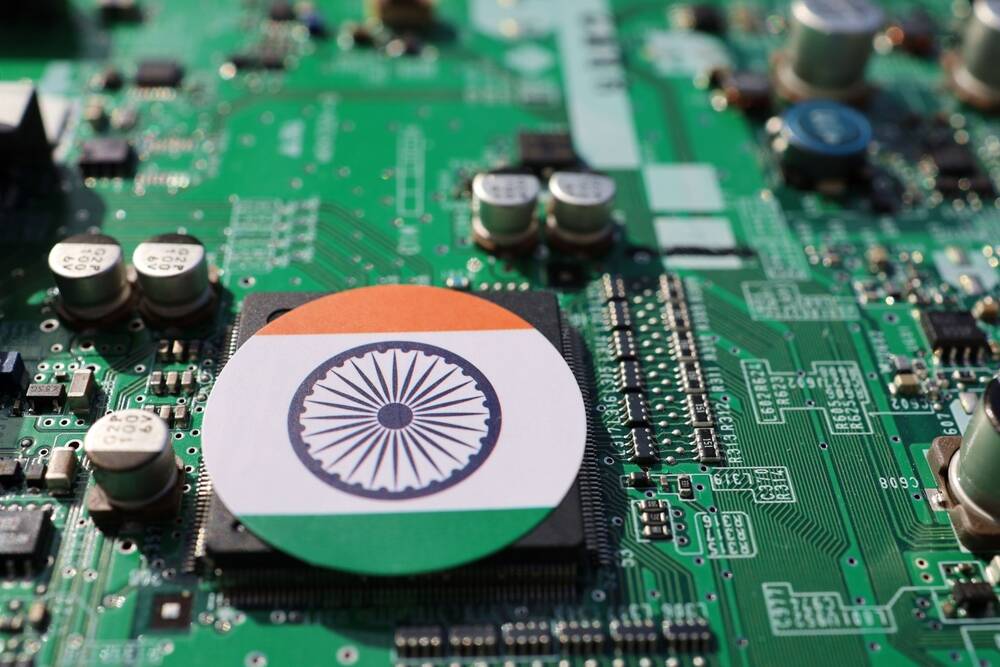US spends CHIPS Act cash to explore Indian chipmaking collab

The US has decided to partner with India and its Semiconductor Mission (ISM) to grow and diversify global chip supply chains.
The partnership will use funds from the US CHIPS Act’s International Technology Security and Innovation (ITSI) Fund, which has been allocated $100 million a year until 2027 to foster international partnerships – particularly in regard to semiconductor assembly, testing and packaging capacity. The main goal of the fund is to reduce dependency on vulnerable supply chains.
Or, in other words, China.
The partnership will commence with an assessment of India’s existing chip ecosystem, infrastructure, and regulations, to inform future potential initiatives.
The State Department explained it “anticipates that key Indian stakeholders, such as state governments, educational institutions, research centers, and private companies, will participate in this analysis.”
“This collaboration between the United States and India underscores the potential to expand India’s semiconductor industry to the benefit of both nations,” the department added.
It’s not clear what comes after the assessment, or how much ISM funding will flow. Those unknowns will reportedly be determined by the Organization for Economic Cooperation and Development and will likely result in workforce development and skills training or regulatory reform in India.
India isn’t the only nation to receive ITSI support since the fund’s operations began last year. In fact, it’s eighth in line, following Costa Rica, Indonesia, Kenya, Mexico, Panama, the Philippines, and Vietnam.
India’s inclusion as a partner is not unexpected given government attempts to bolster its semiconductor industry and the depth of silicon design talent on the subcontinent.
The nation launched its Made in India campaign back in 2014 as an effort to transform into a global tech manufacturing hub and supply chain leader. The initiative has involved policy reforms, tax incentives, subsidies, and streamlined investment processes.
In many ways, it seems to be working. Manufacturers like Foxconn have moved enough of their operations to India for IT ministers to declare that a quarter of all iPhones will be made in India by 2028. And programs like the $10 billion Semicon India subsidy scheme that aims to attract more semiconductor investment has earned a solid slate of proposals.
As for China, reports and predictions from the US Semiconductor Industry Association (SIA) expect pace of growth in its manufacturing capacity to drop – from 365 percent growth observed between 2012 and 2022 down to 86 percent from 2022 to 2032.
That number is well below the predicted world average growth of 108 percent. ®